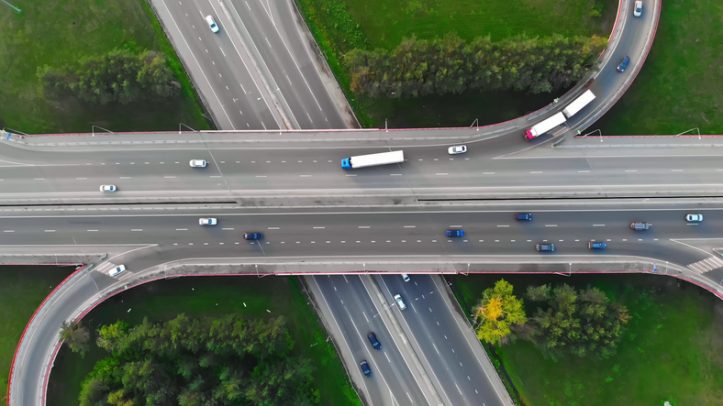
America’s Deadliest Roads: Where Infrastructure Failures Meet Legal Accountability
Car crashes remain a leading cause of death across the United States, claiming more than 40,000 lives each year, according to the National Highway Traffic Safety Administration (NHTSA). Yet behind those statistics lies a deeper story — one that isn’t always about speeding, distraction, or human error. In many cases, the roads themselves are to blame. Aging infrastructure, confusing lane design, and neglected safety measures all play a role in making certain stretches of highway far more dangerous than others.
The Geography of Danger
The Insurance Institute for Highway Safety (IIHS) reports that roadway fatalities are disproportionately concentrated on specific corridors, particularly urban highways that mix high speeds with dense traffic flow. In states like California, Texas, and Florida — where population growth has outpaced infrastructure investment — deadly accidents have become alarmingly routine.
In Southern California alone, the numbers tell a grim story. According to the California Office of Traffic Safety (OTS), Los Angeles County consistently ranks among the state’s deadliest regions for traffic fatalities, with intersections like the I-405, I-5, and Highway 101 corridors frequently cited in serious or fatal crashes. San Bernardino and Riverside Counties have also seen sharp increases in deaths linked to speeding and roadway design flaws, as sprawling commuter networks strain under decades-old layouts.
These aren’t isolated incidents. The Federal Highway Administration (FHWA) has repeatedly warned that roadway design features — such as insufficient median barriers, sharp curves, and inadequate lighting — can significantly heighten crash risk. When those flaws are ignored by local agencies, the consequences fall on the very people the roads were meant to serve.
When Negligence Is Structural
Legally speaking, the concept of roadway negligence has evolved. While individual drivers are often blamed in crash reports, civil courts increasingly recognize that government entities and private contractors may share liability when infrastructure defects are involved.
Under the California Tort Claims Act (Gov. Code § 835), public entities can be held liable if a “dangerous condition of public property” contributed to an injury or death — and if those responsible knew, or should have known, about the hazard. That might include:
-
Poorly marked construction zones
-
Faded or missing lane lines
-
Malfunctioning traffic signals
-
Lack of guardrails or median dividers
-
Roadway flooding due to faulty drainage
A 2024 Los Angeles Times investigation found that several fatal crashes in Los Angeles County involved previously reported road hazards — potholes, worn-out signage, and obstructed intersections — that local authorities failed to repair in time. These lapses highlight how accountability for auto accidents doesn’t end with the driver.
The Cost of Inaction
Beyond the human toll, roadway negligence carries a staggering economic cost. The National Safety Council (NSC) estimates that traffic crashes cost the U.S. economy over $480 billion annually, including lost productivity, medical bills, and property damage. Each time a dangerous road remains unaddressed, taxpayers indirectly absorb those losses.
Communities in Southern California know this all too well. Areas like Anaheim, San Bernardino, and the Inland Empire are struggling to balance rapid urban growth with deteriorating infrastructure. Intersections near the I-10 and SR-60 have become infamous for collisions involving heavy trucks and commuter vehicles — a deadly mix of high volume and poor visibility.
When those accidents occur, victims are often left navigating complex legal terrain. Filing a claim against a municipality or a state agency requires meeting strict procedural deadlines and proving that the government had “actual or constructive notice” of the road’s dangerous condition. Without experienced legal representation, even clear cases of negligence can be lost on technical grounds.
Accountability on the Asphalt
As cities race to modernize their transportation systems — integrating smart sensors, AI traffic monitoring, and safer pedestrian crossings — questions of legal responsibility will only grow more complex. The intersection of public safety, engineering oversight, and legal duty demands rigorous transparency and prompt action when hazards are identified.
Until that happens, Southern Californians will continue to bear the brunt of the nation’s infrastructure neglect. Behind every “accident” headline is often a series of preventable failures — failures of design, funding, and accountability.
If you or a loved one has been injured in a crash possibly caused by dangerous road conditions, it’s essential to seek counsel from a skilled auto accident attorney in Southern California who understands both state liability laws and municipal responsibility. Victims deserve not only compensation but also reform — so the roads built to connect us don’t continue to put lives at risk.


